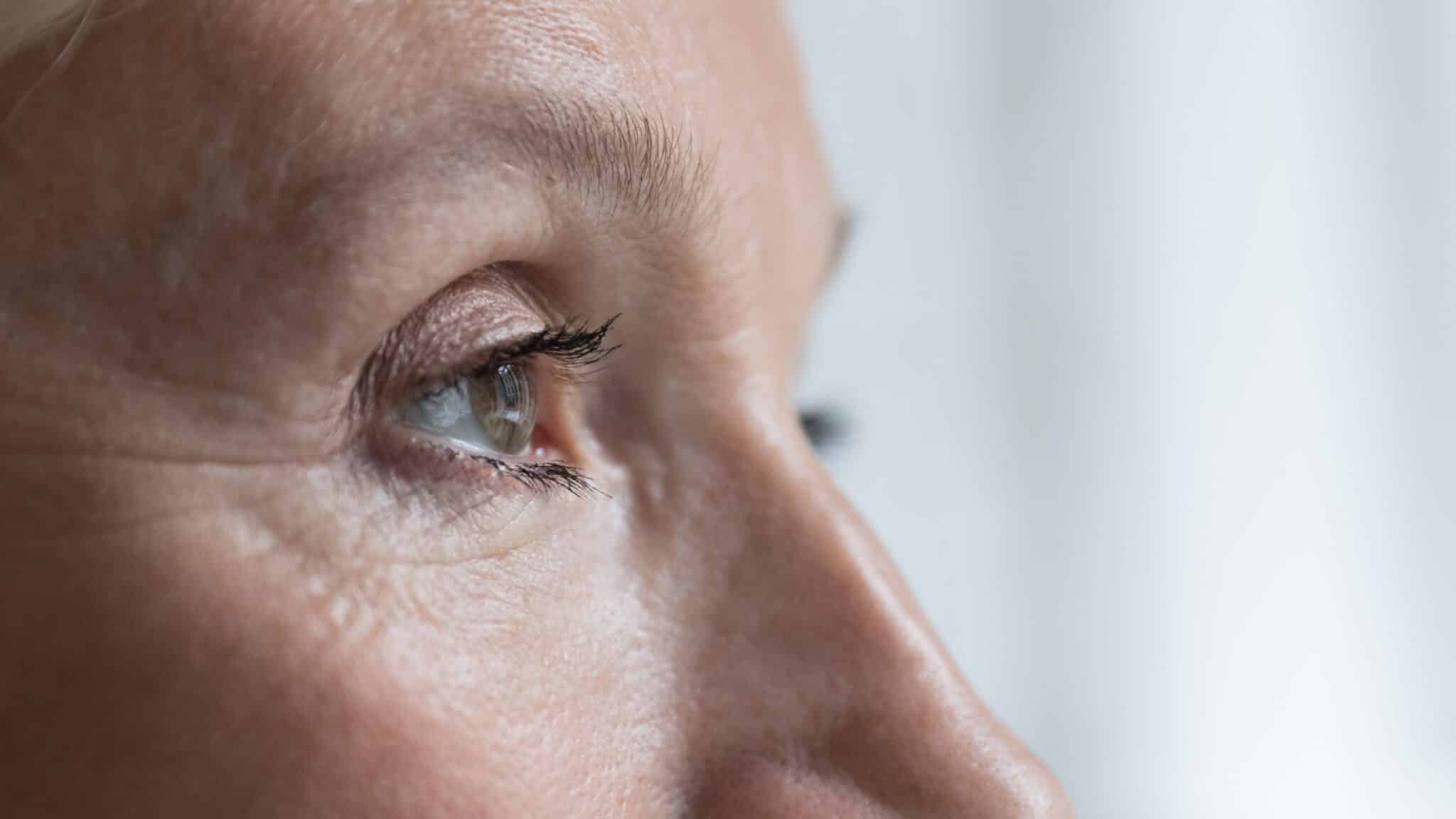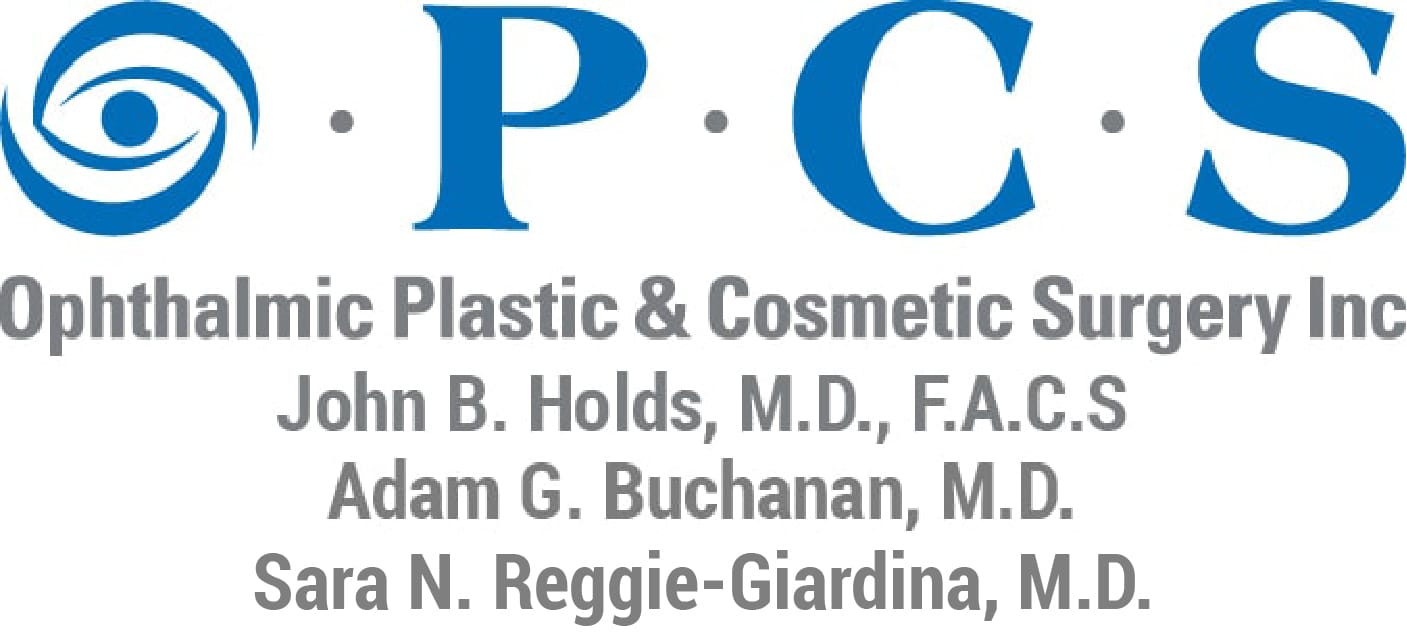Primary vs. Secondary Blepharospasm: What’s the Difference?
- Posted on: May 15 2025
 Do your eyelids twitch uncontrollably or clamp shut without warning? This could be the result of blepharospasm, which causes involuntary muscle spasms around the eyes.
Do your eyelids twitch uncontrollably or clamp shut without warning? This could be the result of blepharospasm, which causes involuntary muscle spasms around the eyes.
There are two varieties of blepharospasm: primary and secondary. This blog will help you recognize the key differences. It also explains the importance of expert care in managing symptoms.
At Ophthalmic Plastic & Cosmetic Surgery Inc. in St. Louis, patients receive treatment from a team led by board-certified specialists like Dr. John B. Holds, Dr. Sara Reggie Giardina, and Dr. Buchanan. Each brings extensive experience in diagnosing and addressing complex eye disorders.
What Is Primary Blepharospasm?
Primary blepharospasm is a form of a neurological condition called focal dystonia, which leads to involuntary muscle contractions. Its exact cause is unknown. However, it’s believed to involve abnormal functioning in the basal ganglia, the part of the brain that helps control movement.
Common signs include:
- Frequent blinking
- Involuntary eyelid closure
- Increased symptoms when stressed, fatigued, or in bright light
Primary blepharospasm usually starts gradually and may worsen over time. Though not linked to an underlying ailment, primary blepharospasm can still be debilitating.
What Is Secondary Blepharospasm?
Secondary blepharospasm, on the other hand, occurs as a result of another condition or is triggered by external factors, such as:
- Eye trauma or irritation
- Dry eye disease or light sensitivity
- Neurological disorders like Parkinson’s disease
- Reaction to certain medications
Since it stems from another issue, treatment often starts with identifying and addressing the root.
How Are They Treated?
Several treatments are available for both primary and secondary blepharospasm. These include:
- BOTOX® Cosmetic injections, which relax the eye muscles temporarily
- Medications, such as anticholinergics or muscle relaxants
- Surgical procedures, in more severe or resistant cases
The Ophthalmic Plastic & Cosmetic Surgery team has advanced training in both surgical and non-surgical approaches. Their deep knowledge of eye and facial anatomy allows for precise, effective care that puts patient safety first.
Schedule a Consultation in St. Louis
Understanding the difference between primary and secondary blepharospasm helps you make informed decisions. If you’re struggling with eyelid twitching, expert evaluation is the best next step.
Schedule a consultation with the compassionate providers at Ophthalmic Plastic & Cosmetic Surgery Inc. to explore your options and find relief. Call 314-567-3567 or request an appointment online today. We have practices in St. Louis, Arnold, and St. Peters.
Posted in: Blepharospasm

